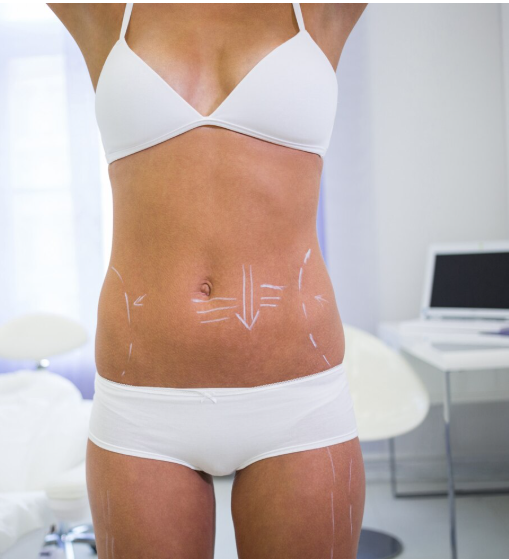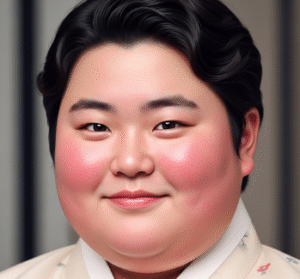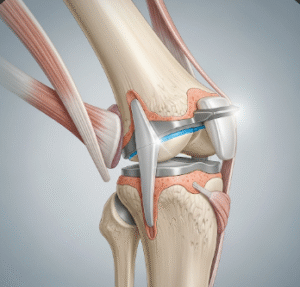What It Is
Lipoabdominoplasty is an advanced surgical procedure that combines traditional abdominoplasty (tummy tuck) with liposuction. This dual approach removes excess abdominal skin and fat while tightening weakened abdominal muscles and refining body contours through fat sculpting.
In Korea, lipoabdominoplasty is performed in leading plastic and reconstructive surgery centers using state-of-the-art techniques. Surgeons emphasize natural-looking, balanced results while minimizing scarring and recovery time.
Why It’s Done
Lipoabdominoplasty is recommended for patients who:
- Have both excess skin and stubborn fat deposits in the abdomen.
- Experienced significant weight loss or changes after pregnancy.
- Have stretched or weakened abdominal muscles (diastasis recti).
- Want a smoother, flatter, and better-contoured abdomen.
- Desire comprehensive results beyond what a tummy tuck or liposuction alone can achieve.
It is especially popular among international patients looking for dramatic yet natural transformations.
Alternatives
Depending on individual needs, alternatives may include:
- Traditional abdominoplasty: Focuses on removing skin and tightening muscles but without liposuction.
- Mini-abdominoplasty: Addresses only the lower abdomen with less invasive surgery.
- Liposuction alone: Removes fat but does not address sagging skin or muscle separation.
- Non-surgical treatments: Options like cryolipolysis or ultrasound for mild fat reduction (not suitable for large corrections).
Preparation
Preparing for lipoabdominoplasty involves:
- Consultation: In-depth discussion with a surgeon, including health evaluation and abdominal contour analysis.
- Pre-operative tests: Blood tests, imaging, and physical examinations.
- Lifestyle modifications: Avoiding smoking and alcohol for at least 2–4 weeks before surgery.
- Medication review: Stopping blood thinners and certain supplements as instructed.
- Planning recovery: Arranging help at home and taking 2–3 weeks off work for rest.
How It’s Done
Lipoabdominoplasty is usually performed under general anesthesia and takes 3–5 hours. The procedure includes:
- Marking: The surgeon outlines areas of fat removal and skin excision.
- Liposuction: Fat is suctioned out from the upper and lower abdomen, waist, and flanks for a sculpted contour.
- Abdominal incision: A horizontal cut is made along the lower abdomen, hidden within the bikini line.
- Skin removal: Excess skin is excised, and underlying tissues are tightened.
- Muscle repair: If necessary, the rectus muscles are sutured for a firmer abdominal wall.
- Umbilicus repositioning: The belly button is repositioned for a natural look.
- Closure: The incision is closed, and drains may be placed to prevent fluid buildup.
Recovery
Recovery after lipoabdominoplasty is generally more intensive than standard liposuction but manageable with proper care:
- First week: Swelling, bruising, and moderate discomfort are common. Compression garments are worn continuously.
- Hospital stay: Some patients remain in the hospital for 1–2 days for monitoring.
- Mobility: Light walking is encouraged soon after surgery to support circulation.
- Restrictions: Heavy lifting and strenuous activities should be avoided for 6–8 weeks.
- Results: Visible within weeks, but full results typically appear after 3–6 months as swelling subsides.
Possible Complications
Like any major surgery, lipoabdominoplasty carries risks, including:
- Infection or bleeding.
- Fluid accumulation (seroma).
- Delayed wound healing.
- Asymmetry or contour irregularities.
- Numbness or changes in abdominal skin sensation.
- Scarring (usually concealed within the bikini line).
- Rare risks such as deep vein thrombosis (DVT) or anesthesia-related complications.
Treatment Options in Korea
Diagnosis
- Thorough consultation with a board-certified surgeon.
- 3D body imaging or digital simulations to plan contouring.
Medical Treatments
- Pain management, antibiotics, and anti-swelling medications.
- Use of advanced compression garments tailored for comfort and healing.
Surgical or Advanced Therapies
- Standard lipoabdominoplasty: Combines tummy tuck with liposuction.
- High-definition lipoabdominoplasty: For patients seeking enhanced muscle definition (e.g., athletic or sculpted look).
- Extended lipoabdominoplasty: Includes the flanks and lower back for more comprehensive reshaping.
Rehabilitation and Support
- Post-surgery lymphatic drainage massage to minimize swelling.
- Scar management therapies, including silicone sheets or laser treatments.
- International patient care coordinators offering translation, hospital support, and virtual follow-ups after returning home.













